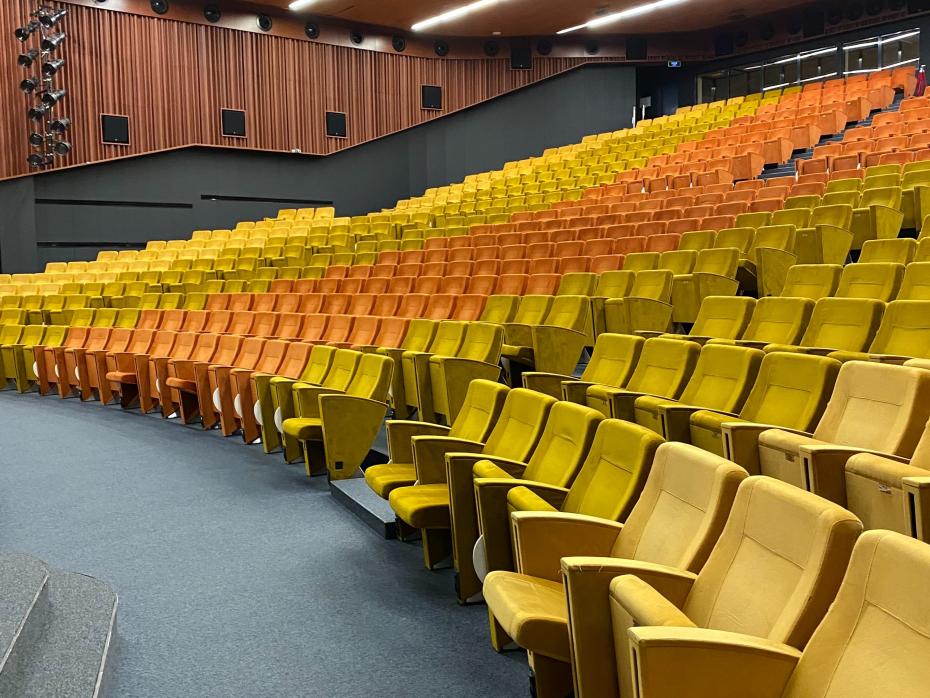
The five pillars of a quality online education
Raj Kumar describes five key pillars universities must build on to ensure end-to-end, effective delivery of quality online education

You may also like
Popular resources
The digital transformation of education institutions worldwide has required a complete reimagining of pedagogical approaches to teaching and learning.
There are five key pillars universities must consider to ensure end-to-end, holistic delivery of quality online education:
Teaching and learning activities
First, an analysis should be done of the courses offered and the corresponding course objectives, followed by a detailed implementation feasibility analysis at course level and the more granular level of course objectives and learning outcomes.
Based on the analysis, course delivery and objectives can be redesigned effectively. This will include decisions over the delivery method – synchronous, asynchronous or hybrid – and how best to facilitate easy interaction between faculty and students – social media, blogs and discussion boards.
Flipped classrooms can be used alongside varied content such as podcasts, videos, massive open online courses (Moocs) and shorter pre-reading material to avoid burdening students with text-heavy material.
An area needing special focus is experiential learning, which is usually carried out in laboratories, field visits, legal clinics, moot courts and more. Digital ethnography, videoconference-based moot courts, using past data for laboratory analysis are some of the multiple approaches that can work. Most importantly, faculty must be mentored and trained, and forums should be organised to ensure the transfer of best practices.
Assessment
Assessments must be aligned to evaluation outcomes. Online assessments can use four key delivery methods – technology-driven AI-enabled assessment, digital submissions, oral assessments, and submissions of handwritten responses shared in image format.
The style of assessment should be redesigned in line with the desired learning outcomes and the practicalities of online delivery, but it can include continuous assessment, open-book assessments and class-participation activities. Given the limitations of certain formats, faculty should consider the lowest common denominator while planning the assessment.
At O.P. Jindal Global University (JGU), we explored all the options, from continuous assessments for internal students to an AI-enabled remote proctored exam held under the aegis of the Jindal Scholastic Aptitude Test (JSAT), administered by Pearson Virtual University Enterprises (VUE) for university applicants.
By December 2020, more than 1,250 unique online examinations had been conducted and more than 69,000 assessments submitted.
Non-classroom activity
To enable extracurricular activities and social networking, the university must support online events such as book clubs, performing art e-collaborations, gaming get-togethers and e-exercise classes.
Online office hours and mentorship programmes can be put in place to facilitate connections between the faculty and students.
Newly admitted students may need more support to create a sense of belonging and community. At JGU, we developed a Pre-Semester Training, Immersion and General Engagement (PRESTIGE) Programme to help with this. It presented a curated set of introductory lectures and a series of fun, informal meetings between existing students and the incoming cohort including Netflix parties and virtual talent competitions.
Digital infrastructure
The digital infrastructure forms the backbone of online education. Universities must address their faculty’s and students’ requirements in terms of hardware, software, internet access, power and administrative tools. Solutions must keep in mind cost, scalability, privacy, flexibility and feasibility of implementation.
We collaborated with Microsoft to identify MS Teams as the main platform to conduct online classes and provided all faculty with Android-based tablets, along with a stylus, to replicate the whiteboard experience digitally.
JGU’s Global Library underwent a 100 per cent digital transformation. We also enabled local faculty with fibre-to-the-home (FTTH) connectivity, 10 times increased internet bandwidth and uninterrupted power supply (UPS) devices.
Given the importance of supporting our community, we deployed an online customer relationship management system (CRM) HubSpot, and Moodl as the learning management system.
Protocols
Robust governance defined by the right policies, procedures and protocols lays a solid foundation for effective online education. The areas that must be covered are: grading, evaluation, attendance, code of conduct, training and mentorship for faculty, mental health and emotional well-being, data privacy and class scheduling.
Of course, an institution must also take into account research as well as administrative activities including placements, internships, internationalisation, new joiner orientation, convocation and scheduling.
Establish a dedicated office that works on governance. At JGU, we set up the Office of Academic Innovation & Blended Learning and increased the capacity of our IT teams by 50 per cent.
The careful implementation of digital education culminated in JGU receiving the “E-Learning Excellence for Academic Digitization (E-LEAD)” certification from the coveted QS IGAUGE for excellence in online education.
Raj Kumar, founding vice-chancellor, O.P. Jindal Global University.
Additional Links
O.P. Jindal Global University’s team translated its learnings into a detailed “Covid-19 response toolkit”.



Comments (0)
or in order to add a comment